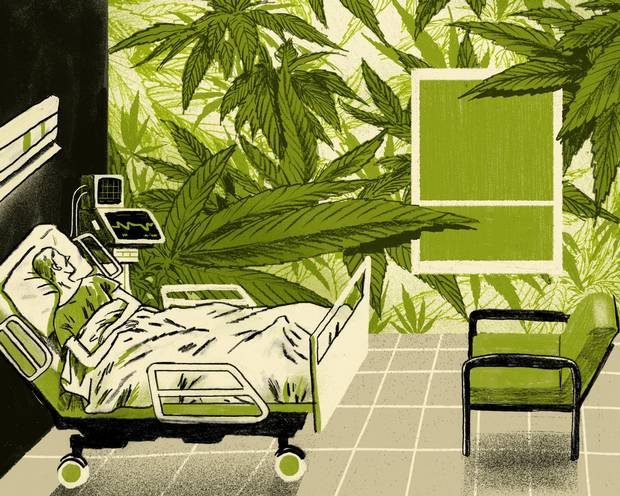In Canada until recently, cannabis was legal only for medicinal purposes and only under conditions outlined in the ACMPR issued by Health Canada. The cultivation of the cannabis is currently legal for seed, fibre, and grain production only under licences issued by Health Canada. In 1923, Cannabis was first made illegal in Canada, and medical cannabis was made legal in 2001.
Since 1997, from the different public opinion polls that have been carried out, it has been have revealed that an increasing majority of Canadian citizens do not in any way view the smoking of marijuana as a criminal offence.
Now, recreational marijuana is well on it's way to being legalized in Canada by July 2018, but sales for recreational use would not begin until July 1, 2018, based on legislation (Bill C-45) passed by the federal government in late November 2017. That of course depends on whether or not the Senate will pass the bill before the end of June 2018.
Prime Minister Justin Trudeaus Liberal government has proposed a federal legislation to regulate cannabis production. Trudeau explained that the reason of the legislation was not to encourage use of marijuana. The intent is "to better protect our kids from the easy access they have right now to marijuana [and] to remove the criminal elements that were profiting from marijuana. Young people have easier access to cannabis now, in Canada, than they do in just about any other countries in the world...the fact is it is bad for the developing brain and we need to make sure that its harder for underage Canadians to access marijuana,
He said in 2016. The other piece of it is there are billions upon billions of dollars flowing into the pockets of organized crime, street gangs and gun-runners, because of the illicit marijuana trade, and if we can get that out of the criminal elements and into a more regulated fashion we will reduce the amount of criminal activity thats profiting , and that has offshoots into so many other criminal activities.
The motive was to remove marijuana possession for personal consumption from the Controlled Drugs and Substances Act and now due to the better laws, the punishment for those convicted of supplying cannabis to underaged or others driving under the influence of marijuana have been made stricter.
Police representatives in Toronto have made it clear to the media that the unlicensed marijuana distributors have connections to top tier drug traffickers and oftentimes, considering the amount of drugs being sold, to organized crime.
The proposed laws by federal government also grants adults the liberty of growing at most, four marijuana plants in their homes. This is not binding on all provinces and Quebec has disallowed its residents from cultivating their own marijuana.
The minimum legal age as a standard by the federal government for buying marijuana is 18, but the provinces can raise that if they want to. The laws around impaired driving are to be made strict and roadside saliva tests are to be introduced to check for drug impairment. The federal government has made elaborate plans for controlling the quality of the drugs and the distribution.
By 2006, a substantial proportion of the population was taking Marijuana. They did this despite the risk of police charges for possession, and or selling without the required licence. Statistics from the Centre for Addiction and Mental Health survey has shown that, (44%) of Canadians admit to trying it at least once. The CAMH report also shows that by the last year of High School, (46%) of Ontario students admit to having used cannibis in the past year. As is to be expected, the CAMH discussion includes warnings about the negative effects of cannabis .
A lot of Canadians are also concerned that following the legalization of cannibis, there might be an increase in the number of road accidents experienced and this has been a cause for worry.
The number of marijuana users is estimated to increase by 19 percent after marijuana is le
Nice information